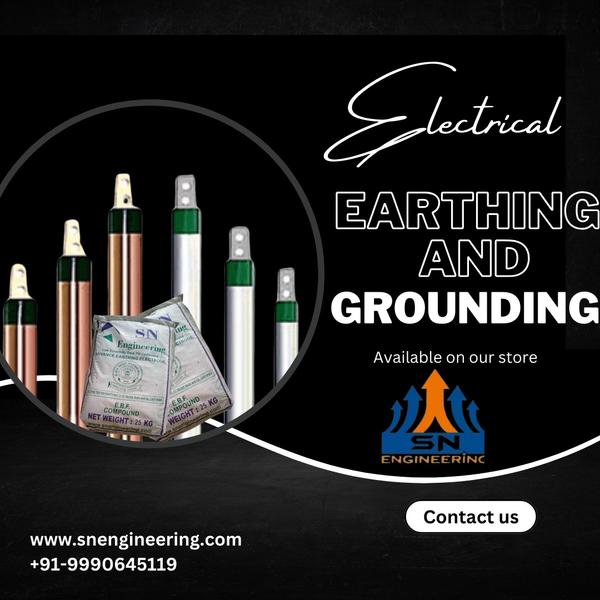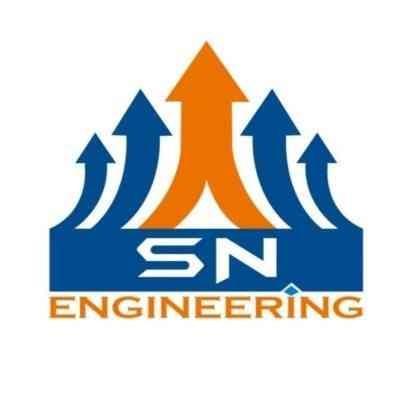Maintenance-Free Earthing: Your Guide to Safe, Reliable Grounding Did you know that faulty electrical earthing causes a shocking number of accidents each year? Earthing's main job is to protect people and equipment from electrical dangers. Maintenance-free earthing is a modern solution to this safety need! Let's explore why it beats old-fashioned methods. Understanding Traditional Earthing Systems Let's examine how typical earthing works and its parts. Components of Traditional Earthing Old-school earthing uses several parts. Earth electrodes, like rods or plates, go in the ground. Connecting conductors link the electrical system to these electrodes. Also, earth pits house the connections, protecting them. How Traditional Earthing Works Traditional earthing gives fault current a path to the ground. When a fault happens, the current travels through the conductor to the earth electrode. Impedance, or resistance, plays a role in how well this works. Lower impedance means better protection. Limitations of Traditional Earthing Systems Traditional earthing has problems. For instance, corrosion can damage electrodes and connections. Soil resistivity, or how well soil conducts, changes with moisture. This causes big problems. This means regular checks and pouring water into the earth pit are needed. These systems need constant upkeep. The Evolution to Maintenance-Free Earthing Advancements in materials and design have created maintenance-free earthing. This system offers better reliability and less hassle. Material Innovations New materials are key. Copper-bonded steel resists corrosion better than plain steel. Graphite compounds improve conductivity and electrode lifespan. These materials make maintenance easier. Design Improvements Sealed systems are a smart design change. These prevent moisture and contaminants from reaching the electrode. Special backfill compounds around the electrode keep soil resistivity stable. These design choices cut down on maintenance. Addressing the Challenges of Traditional Earthing Maintenance-free systems fix the flaws of older methods. For instance, corrosion-resistant materials reduce the need for replacements. Stable soil conditions mean performance stays consistent. These changes make earthing more effective. Benefits of Maintenance-Free Earthing Maintenance-free earthing brings lots of good things. It saves money and improves safety! Reduced Maintenance Costs Think about the long-term costs. Traditional systems need regular checks and repairs. Maintenance-free systems cut these expenses. Over time, you save a lot of money! Increased Reliability and Safety Consistent performance matters. Maintenance-free earthing reduces the risk of electrical hazards. Because of this, facilities are safer. This reliability is invaluable. Environmental Advantages These systems help the planet, too. They use less water than older systems. Also, they often use eco-friendly materials. This makes them a greener choice. Implementing Maintenance-Free Earthing Here's how to get maintenance-free earthing up and running. Selecting the Right System Pick the right system for your needs. Think about soil conditions, fault current levels, and industry standards. A good choice ensures optimal safety. Installation Best Practices Follow best practices during installation. Place electrodes properly and make secure connections. Use the right backfilling techniques. Correct installation is key. Testing and Commissioning Test the system after installation. Verify it works as expected. Then, check it regularly to ensure it stays effective. Regular checks ensure long-term safety. Common Misconceptions About Maintenance-Free Earthing Let's clear up some common confusions. Myth: "Maintenance-Free Means No Inspection" Maintenance-free doesn't mean "never look at it." Visual inspections are still a good idea. Look for any signs of damage or wear. Early detection prevents future problems. Myth: "Maintenance-Free Systems Are Too Expensive" The initial cost might seem higher. However, consider the long-term savings from reduced maintenance. Maintenance-free systems can be a cost-effective solution. Myth: "They Are Not Suitable for All Soil Conditions" Different maintenance-free solutions exist for various soil types. Work with experts to find the right fit for your situation. There is a system for you. Conclusion Maintenance-free earthing gives us great benefits. Lower costs, more safety, and less environmental impact. Remember proper installation and periodic checks are still critical! Consider switching to maintenance-free earthing for a safer, more reliable electrical setup.
Send Message


